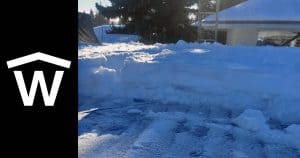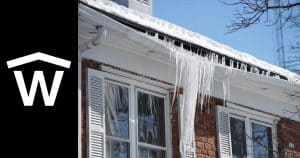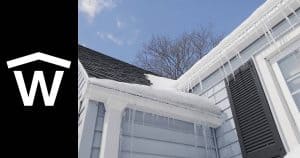Is having roof ventilation as necessary in winter as it is in summer? Is it worth investing in a proper and active roof ventilation system? The short answer is yes! Your roof’s ventilation plays a crucial role in your home’s safety and stability, especially during extreme weather. Frequently undermined, this system can prevent all sorts of unwanted situations, including ice dams and moisture issues.
To help homeowners look after their homes in the cold winter days to come, we prepared a short, informative guide. Read below if you want to learn more about the importance of roof vents and how they can protect the home.

ROOF VENTS & TEMPERATURE BALANCE
Nobody would like to be tucked under five blankets and freezing in their homes in the middle of the day. Sadly, these types of situations can occur. Whether because of a structural fault or hidden cracks somewhere between the walls, indoor temperatures can go to extremes during extreme weather.
A roof ventilation system does nothing more than regulating indoor temperatures. It keeps the attic cool during winter and summer. And plenty of things can go wrong if the roof isn’t properly ventilated in winter. One of them is indoor condensation.
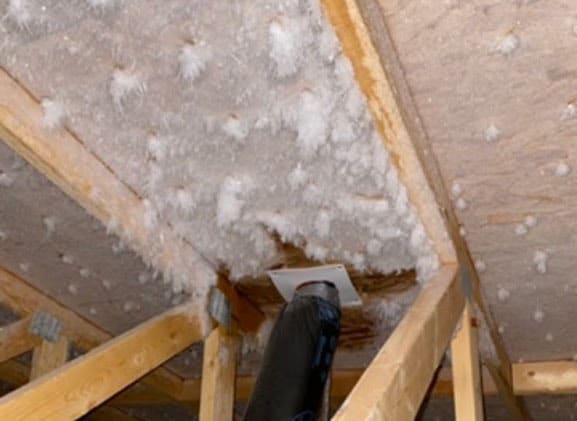
THE DANGERS OF CONDENSATION
Condensation happens when warm air gets in contact with a cold surface. This process is noticeable on a window in the morning. The glass gets cold during the night, and then in the morning, the sun warms up the air nearby; you then can see little droplets (condensation) forming on the glass’s surface.
So, how is this connected to roof vents? A common fact is that heated air goes upward, so it usually ends up in our attics. When the heated air touches the already cold surfaces in the attic, it starts to condense. The air will turn into little droplets and even freeze. They will affect the underside of your roof’s plywood, your attic’s insulation, and even your interior walls and flooring. This can inevitably lead to mould growth, vent leaks, and more unseen damage when that same ice melts. This problem is called attic rain.
Thanks to proper air intake and insulated exhaust fans, roof ventilation prevents the process of condensation right from the start. It takes out the heated air trapped in the attic, maintaining just the appropriate temperatures inside. By getting rid of heated air, roof vents help homeowners stay clear of mould and mildew.
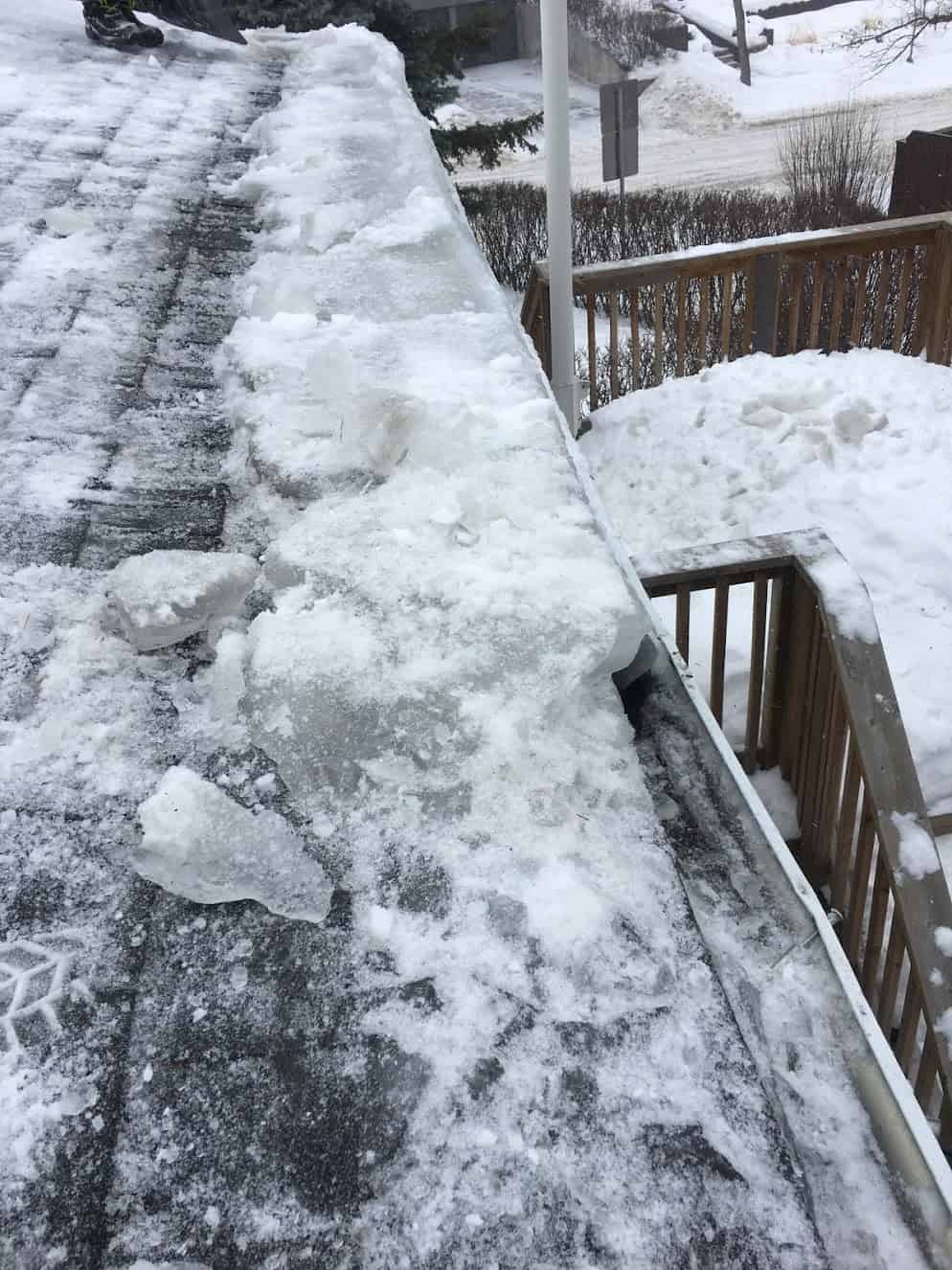
ROOF VENTS & ICE DAMS
So we established that roof vents can help maintain indoor temperature balance. What if we told you that a proper roof ventilation system could also protect you from ice dams? Yes, thanks to roof vents, many homeowners are heating the attic to remove snow on the roof.
Ice dams are usually caused by lousy attic ventilation, i.e. when heat exits only through one spot on the roof. The snow on this spot gets warm and melts, but then bumps into snow that hasn’t melted from other parts of the roof. When it gets trapped in these cold spots, the melted snow refreezes and turns into ice.
The right type of roof venting system can help eliminate this issue. It will make sure that heat exits your house evenly, not just from one spot. However, to get maximum results, you need to have high-quality vents.
The best roof ventilation systems and air vents are carefully designed and strategically placed. Not every roof is the same, so the contractors who install your roof vents must do it according to your property’s specific needs. If not, many dangerous things can occur, including snow loading and roof collapse.

EXPANDING THE ROOF’S LIFESPAN
As we can see, roof ventilation not only protects the inside of your home, but also protects the roof and attic. No ice dams to damage roof shingles, no snow loads to cause collapse, and no moisture in the attic! Roof vents ensure that the roof as a whole lasts longer and even exceeds its expected lifespan.
Furthermore, by protecting the roof, this system protects your house’s structure, expanding the roof’s lifespan and the lifespan of the foundation, gutters, appliances, furniture, and more.
Of course, roof ventilation isn’t the ultimate cure for most roof issues. Apart from proper venting, the other factors that influence a roof’s lifespan and functionality are age, materials, manufacturing, maintenance, insulation, and the climate you live in (which tends to be cold in Calgary).
If you are worried that your roof won’t last this winter or have any questions about roof ventilation or roofing in general, feel free to give us a call. Our team specializes in residential roofing and flat roofing. We are always happy to help a homeowner/property owner in need.
